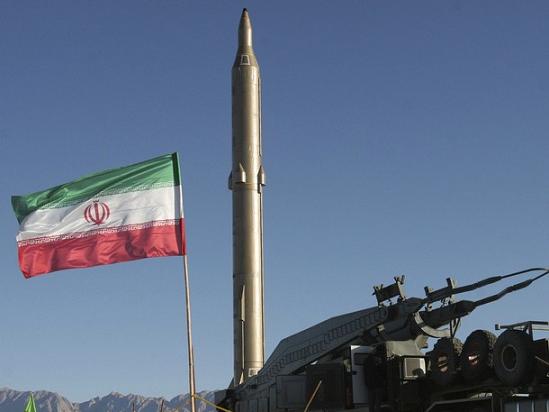As the U.S. military ages and gets smaller, even Iran is closing the technology gap
10/29/2015 / By usafeaturesmedia

(NationalSecurity.news) It’s no fun to be in the Pentagon these days, watching the destruction of the thing you love most – the U.S. military. But between President Obama’s domestic spending priorities and Congress’ refusal to reverse years of sequester-mandated spending cuts, nations small and large are fast closing the technological gap with aging, shrinking American forces, says a new report[PDF] from the American Enterprise Institute and the Foreign Policy Initiative.
As noted by The Washington Free Beacon, the report, titled, State of the U.S. Military: A Defense Primer, found that adversaries including Russia, China and even Iran are fast developing technologies and capabilities that can compete with American weapons systems and technologies. Also, the authors warn that as the United States delays acquisition of new weapons and systems, other countries are increasing their defense budgets and, in Russia’s case, despite falling oil revenues and cash reserves.
The report found that, if sequestration cuts remain in place, U.S. military spending would fall by about $1 trillion over the next 10 years – savings that are not being used to pay down the country’s massive $18-plus trillion debt.
“After a procurement holiday in the 1990s and a hollow buildup during the Iraq and Afghanistan wars, American military capabilities have declined independently and relatively to adversaries like China, Russia, and Iran,” the report says.
Those adversaries are “closing the technology gap” with the U.S., the report’s authors noted further.
Since the end of the Cold War, the U.S. Navy’s fleets, as well as total numbers of Army divisions and Air Force squadrons, have all dramatically been reduced. Of the Air Force’s 54 squadrons, the report notes that fewer than half are combat ready.
Looking for shirts, hoodies, mugs, steins, and gifts? Click here for the NationalSecurity.news Commissary online!
Also, many Air Force planes have been in constant use for more than 20 years, including the venerable legacy system, the B-52 bomber, the A-10 and F-15 and F-16 fighters.
“These older planes are already vulnerable when operating against advanced adversary aircraft and air defense systems such as the Chinese J-20 stealth fighter and the Russian S-400 surface-to-air missile system,” the report states.
The WFB notes that Russia is planning to deliver a variant of Moscow’s S-300 air defense system to Iran by next year, which won’t result in added sanctions on Tehran due to a loophole in the recent Iran nuclear deal sanctioned by the Obama Administration.
Gen. Mark Welsh, chief of the U.S. Air Force, told Fox News in May that the “gap has closed” between the capabilities of America’s military and its adversaries.
“China and Russia are two good examples of countries who will be fielding capability in the next three to five years; if they stay on track, that is better than what we currently have in many areas,” Welsh said.
“Fighter aircraft in the next three to five years that have more capability than what we currently have sitting on the ramp,” he said. “The F-35 will stay a generation ahead of them. F-22 will, too. Everything else we have will not stay ahead. The gap has closed.”
On October 16, NationalSecurity.news reported that Russia launched a new type of long-range cruise missile at targets in Syria, a weapon that stunned a great many U.S. observers. The weapons were launched by Russian warships in the Caspian Sea from 1,000 miles away, a range much greater than U.S. defense planners previously anticipated.
Also, NationalSecurity.news reported earlier this month that a recently released report by DoD Undersecretary for Acquisition Frank Kendall also discussed how Obama-era defense cuts are costing the Pentagon its technological edge with great nation competitors.
“In my view, our new product pipeline is not as robust as it should be at a time when our technological superiority is being seriously challenged by potential adversaries,” Kendall said in his report, which examines the current state of the Pentagon’s multibillion-dollar acquisition establishment.
Have you ‘liked’ NationalSecurity.news on Facebook? Click here!
See also:
AEI.org[PDF]
Tagged Under: air force, China, Iran, military technology, Navy, Russia, U.S. military, United States




















